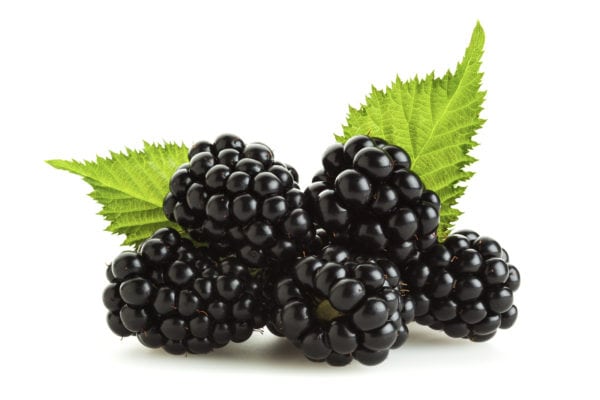Get your antioxidants from black foods
Remember those sayings you grew up hearing: once you go black … the darker the berry …? When it comes to edible plants, research shows that the folk wisdom in those sayings is rooted in biological truth. Black is indeed beautiful—and healthful—in your food.
Black plant foods get their color from anthocyanins, a kind of flavonoid that creates rich reds, blues, purples and, at the darkest end of that spectrum, blackish hues.
Anthocyanins offer significant health effects: They have been shown in studies to improve cardiovascular health, lower cholesterol, sharpen vision and even slow the growth of cancerous tumors.
It follows that the antioxidant and anti-inflammatory properties of anthocyanins are especially powerful in the foods with the deepest color—so black foods rich in anthocyanins are among the superstars you should be featuring in your diet.
Ready to power up your health with some dark goodies? Try these tips:
- Go full dark: Look for black food: black soybeans (including black tofu!), black beans, blackberries, black currants, black rice (which can be used to make black vinegar), black mushrooms, black olives and black sesame seeds are among those readily available in markets. Not everything dark is created equal, though. If it’s been colored black, say, with squid ink or other dyes, it likely won’t have the flavonoid content you’re looking for.
- Grow your own: Some black foods, like black carrots and black tomatoes (really!), aren’t readily available in your local grocery store. Check farmer’s markets, or think about growing your own. Find seeds in gardening catalogs, landscape centers and even on Amazon.
- Keep it fresh: Studies have shown that cooking doesn’t diminish the potency of the flavonoids in dark foods, but research still isn’t conclusive on exactly how anthocyanins make themselves bioavailable to the human body, only that they tend to be susceptible to oxidation and breakdown. One possible solution? Consume the freshest black foods you can—or those dried, frozen or pulverized at their freshest.
- Almost-black can be all good: Don’t be too rigid about color. Truly black plant foods are relatively rare; even blackberries can skew purplish. Look for the deepest blue, purple, red and green foods you can find, such as eggplant, raspberries and blueberries.







